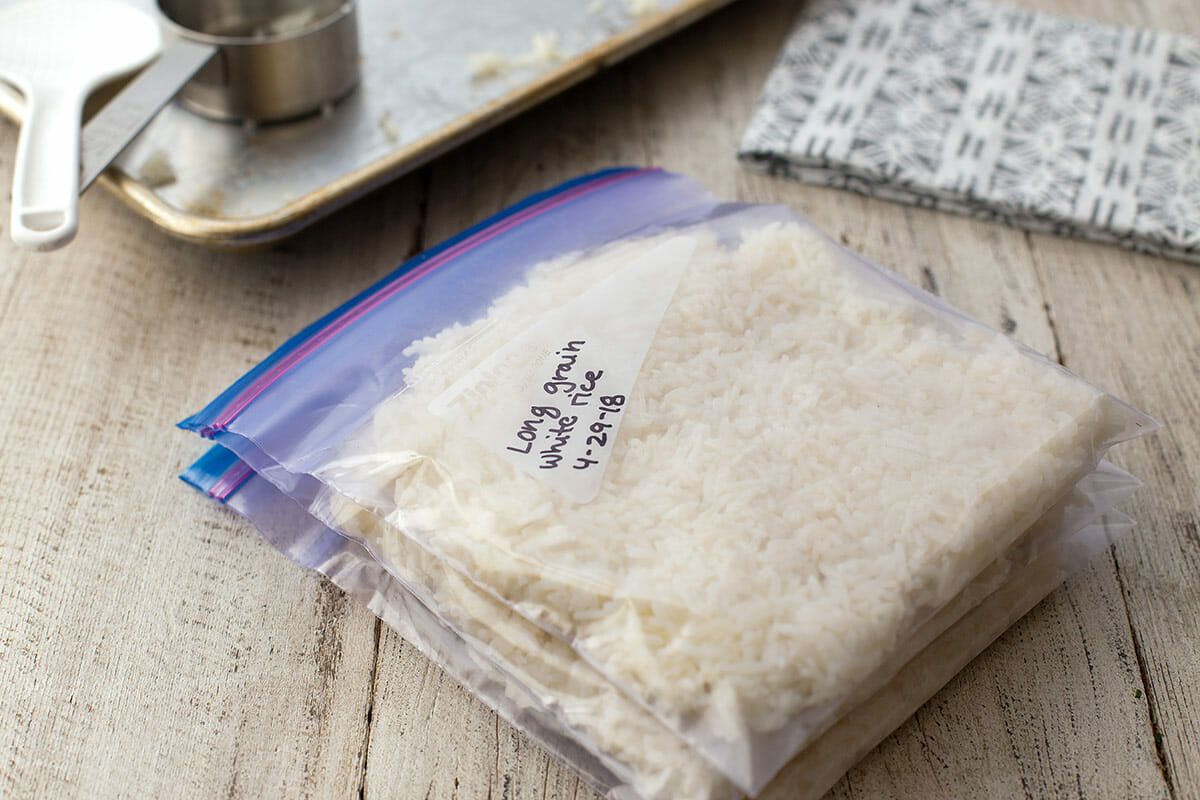

Articles
How Long Does Cooked Rice Last In The Freezer
Modified: January 6, 2024
Discover how long articles on the topic of "How Long Does Cooked Rice Last In The Freezer" last, including storage tips and guidelines.
(Many of the links in this article redirect to a specific reviewed product. Your purchase of these products through affiliate links helps to generate commission for Storables.com, at no extra cost. Learn more)
How Long Does Cooked Rice Last In The Freezer
When it comes to preserving food, the freezer can be a lifesaver. It allows us to extend the shelf life of various ingredients, including cooked rice. Freezing cooked rice not only helps to prevent food waste but also offers convenience for future meals. However, it is important to understand how long cooked rice can last in the freezer to maintain its quality and ensure food safety.
Key Takeaways:
- Freezing cooked rice extends its shelf life, reduces food waste, and offers convenience for future meals. Proper preparation, storage, and thawing techniques are crucial for maintaining its quality and safety.
- Frozen cooked rice can be creatively incorporated into various dishes, such as fried rice, rice bowls, stuffed peppers, and rice soups, offering versatility and convenience in meal planning.
Read more: How Long Does Coffee Last In Freezer
Introduction
Before exploring the shelf life of frozen cooked rice, let’s understand why storing it in the freezer is beneficial. Freezing cooked rice can effectively halt the growth of bacteria and other microorganisms that may cause food spoilage. By freezing the cooked rice, you can prolong its freshness and enjoy it at a later time.
Several factors can affect the shelf life of frozen cooked rice. These include the proper preparation and storage techniques, the temperature of the freezer, and the quality of the rice before freezing.
Proper Preparation and Storage
Proper preparation and storage are crucial for maintaining the quality and safety of frozen cooked rice.
Cooling down cooked rice before freezing:
Before freezing cooked rice, it is important to allow it to cool down completely. This helps to prevent the growth of bacteria by quickly bringing down the temperature of the rice.
Choosing suitable storage containers:
When freezing cooked rice, it is advisable to use airtight containers or freezer bags to minimize exposure to air and prevent freezer burn. Dividing the rice into smaller portions can also make thawing and reheating more convenient.
Read more: How Long Does Roof Last
The ideal freezing process for cooked rice:
For optimal results, spread the cooked rice on a baking sheet in a thin layer and place it in the freezer for a few hours. This process, known as flash freezing, prevents clumping and allows for easier portioning when needed.
Shelf Life of Frozen Cooked Rice
The shelf life of frozen cooked rice can vary depending on several factors. Generally, frozen cooked rice can last for up to 6 months when properly stored in the freezer at 0°F (-18°C) or below.
Factors that can affect the longevity of frozen cooked rice include the quality of the rice before freezing, the storage temperature, and the freezing process. Rice that is cooked al dente or slightly undercooked tends to freeze better and maintain its texture when thawed and reheated.
Signs of Spoilage
While frozen cooked rice can remain safe to eat for an extended period, it is essential to be aware of signs of spoilage.
Visual indicators of spoiled cooked rice:
If the rice develops an off-color, mold, or an unpleasant odor, it is considered spoiled and should be discarded.
Read more: How Long Does A Thatch Roof Last
Odor and texture changes in frozen cooked rice:
If the rice has a rancid or sour smell or if the texture becomes mushy or grainy, it is best to avoid consuming it.
Thawing and Reheating Frozen Cooked Rice
Proper methods of thawing and reheating frozen cooked rice are crucial to maintain its quality and ensure food safety.
Key Takeaways:
- Freezing cooked rice extends its shelf life, reduces food waste, and offers convenience for future meals. Proper preparation, storage, and thawing techniques are crucial for maintaining its quality and safety.
- Frozen cooked rice can be creatively incorporated into various dishes, such as fried rice, rice bowls, stuffed peppers, and rice soups, offering versatility and convenience in meal planning.
Read more: How Long Does Coffee Last In Freezer
Introduction
When it comes to preserving food, the freezer can be a valuable tool. Freezing cooked rice is not only convenient but also helps to reduce food waste. Understanding the importance of storing cooked rice in the freezer and the factors that affect its shelf life is essential for maximizing its longevity.
Importance of storing cooked rice in the freezer:
Cooked rice has a relatively short shelf life when stored in the refrigerator, typically lasting only a few days. However, by freezing cooked rice, you can significantly extend its freshness and use it for future meals. This is particularly useful if you batch cook or have leftovers that you want to enjoy at a later date.
In addition to extending its shelf life, freezing cooked rice can also help maintain its texture and flavor. When stored properly, frozen cooked rice can retain its original taste and texture, making it a convenient and delicious option for quick meals.
Read more: How Long Does A Roof Last In Florida
Factors that affect the shelf life of frozen cooked rice:
Several factors play a role in determining how long frozen cooked rice can last. These factors include:
- Cooking method: The method used to cook the rice can influence its freezer life. Rice that is slightly undercooked or cooked to a firm texture tends to freeze better and retain its quality when thawed and reheated.
- Storage containers: The type of container used for freezing the cooked rice can impact its longevity. It is important to choose airtight containers or freezer bags to prevent air from entering and causing freezer burn.
- Storage temperature: Maintaining a constant temperature of 0°F (-18°C) or below is crucial for preserving the quality of frozen cooked rice. Fluctuations in temperature can lead to texture and taste changes, reducing the overall shelf life.
- Proper packaging: Ensuring that the cooked rice is packaged properly before freezing is essential. Minimizing exposure to air and moisture can help prevent freezer burn and maintain the quality of the rice.
By considering these factors and following the proper storage guidelines, you can maximize the shelf life of frozen cooked rice and enjoy it for months to come.
Proper Preparation and Storage
To ensure the best quality and safety of frozen cooked rice, it is important to follow proper preparation and storage techniques. By taking the necessary steps, you can maintain the flavor and texture of the rice, making it a perfect addition to future meals.
Cooling down cooked rice before freezing:
Before placing cooked rice in the freezer, it is important to cool it down completely. Allowing the rice to cool to room temperature or slightly below helps prevent bacteria growth and maintain its texture. You can spread it out on a baking sheet or shallow container to speed up the cooling process.
Choosing suitable storage containers:
Selecting the right storage containers is crucial for preserving the quality of frozen cooked rice. Airtight containers or freezer bags are ideal choices as they prevent air and moisture from reaching the rice, minimizing the risk of freezer burn. Divide the rice into smaller portions before freezing to make it easier to thaw and reheat later.
Read more: How Long Does Roof Last
The ideal freezing process for cooked rice:
To freeze cooked rice effectively, it is recommended to employ the flash freezing method. Flash freezing involves spreading the cooked rice in a thin layer on a baking sheet or tray and placing it in the freezer. This allows the rice to freeze quickly, preventing clumping and making it easier to portion out later. Once the rice has been flash frozen, transfer it to the airtight containers or freezer bags, seal them tightly, and label them with the date of freezing.
By following these preparation and storage steps, you can ensure that your cooked rice remains fresh and flavorful when it’s time to use it again.
Shelf Life of Frozen Cooked Rice
Understanding the shelf life of frozen cooked rice is important to ensure its quality and safety when stored in the freezer. By following general guidelines for freezing and considering the factors that can affect the longevity of frozen cooked rice, you can make the most out of this convenient storage method.
General guidelines for freezing cooked rice:
When freezing cooked rice, it is recommended to take the following steps:
- Cool the rice down completely before freezing to reduce the risk of bacterial growth.
- Divide the rice into smaller portions to enable easy thawing and reheating.
- Transfer the rice to airtight containers or freezer bags to protect it from air and moisture.
- Label the containers or bags with the date of freezing to keep track of its freshness.
- Place the containers or bags in the freezer at a temperature of 0°F (-18°C) or below.
Factors that can affect the longevity of frozen cooked rice:
While frozen cooked rice can have a relatively long shelf life, several factors can impact its overall longevity. These factors include:
- Cooking method and texture: Rice that is cooked to a firm texture or slightly undercooked tends to freeze better and maintain its quality when thawed and reheated.
- Storage temperature: Keeping the freezer temperature constant at 0°F (-18°C) or below is vital for preserving the quality of frozen cooked rice. Fluctuating temperatures can lead to texture changes and affect taste.
- Freezer burn: Exposure to air and moisture can cause freezer burn, resulting in changes in taste and texture. Proper packaging in airtight containers or freezer bags can minimize the risk of freezer burn.
- Quality of the rice: The quality of the rice before freezing can impact its shelf life. Rice that is of good quality and properly cooked is more likely to maintain its texture and taste when frozen.
By considering these factors and following proper freezing techniques, you can maintain the quality of frozen cooked rice and enjoy it for an extended period.
Signs of Spoilage
While frozen cooked rice can last for a long time when stored properly, it is important to be aware of signs of spoilage. Monitoring the visual indicators and noting any changes in odor and texture can help ensure that you consume safe and high-quality rice.
Visual indicators of spoiled cooked rice:
Inspecting the appearance of the cooked rice is an important step in determining its freshness. Some visual signs of spoilage include:
- Discoloration: Check for any significant color changes in the rice, such as darkening or the presence of mold. If you notice any unusual colors, it is best to discard the rice.
- Unusual texture: If the rice appears excessively mushy, clumpy, or dry and grainy, it may indicate spoilage.
Read more: How Long Does A Thatch Roof Last
Odor and texture changes in frozen cooked rice:
The smell and texture of frozen cooked rice are good indicators of its quality. Pay attention to the following changes:
- Odor changes: If the rice emits a sour, rancid, or off-putting odor, it is a strong sign that the rice has spoiled. Trust your sense of smell and discard the rice if it smells unpleasant.
- Texture changes: Frozen cooked rice that has been spoiled may have a mushy or grainy texture when thaws and reheats. If the rice lacks its usual fluffy and tender texture, it is best to avoid consuming it.
Remember that if you notice any of these signs of spoilage, it is safest to discard the rice rather than consume it. Trust your instincts and prioritize food safety.
Thawing and Reheating Frozen Cooked Rice
Properly thawing and reheating frozen cooked rice is crucial to ensure its taste, texture, and overall quality. Following the appropriate methods and cooking techniques will help you enjoy flavorful rice that is safe to consume.
Read more: How Long Does Cedar Shake Roof Last
Proper methods to thaw frozen cooked rice:
Thawing frozen cooked rice should be done with caution to prevent any bacterial growth. Here are a few recommended methods:
- Refrigerator thawing: Transfer the frozen cooked rice from the freezer to the refrigerator. Allow it to thaw slowly in the fridge overnight or for several hours until fully defrosted.
- Microwave thawing: Place the frozen rice in a microwave-safe dish and use the defrost setting or a lower power level to thaw it. Make sure to stir the rice occasionally and check for any cold spots.
- Stovetop thawing: Transfer the frozen rice to a saucepan or skillet and gently heat it over low to medium heat. Stirring frequently will help distribute the heat and thaw the rice more evenly.
Cooking techniques to reheat frozen cooked rice:
Once the frozen rice is thawed, it’s time to reheat it properly. Here are a few cooking techniques to consider:
- Steam reheating: Place the rice in a steamer basket or a heatproof dish and steam it over boiling water until heated through. This method helps to retain moisture and prevent the rice from drying out.
- Sauté reheating: Heat a teaspoon or two of oil in a skillet or pan and add the thawed rice. Cook it over medium heat, stirring occasionally, until it is heated evenly.
- Microwave reheating: Place the thawed rice in a microwave-safe dish with a lid or cover it with microwave-safe plastic wrap. Heat it in the microwave in short bursts, stirring occasionally, until it reaches the desired temperature.
While reheating, you can sprinkle a little water or broth over the rice to add moisture and prevent it from drying out. Avoid overheating the rice, as it can lead to texture changes and loss of flavor.
By following these thawing and reheating methods, you can enjoy delicious and perfectly heated frozen cooked rice for your meals.
Safety Considerations
Ensuring the safety and hygiene of cooked rice is essential to prevent foodborne illnesses and maintain its quality. There are specific considerations to keep in mind when handling and storing cooked rice, as well as potential risks associated with freezing cooked rice.
Hygiene practices for handling and storing cooked rice:
Following proper hygiene practices when handling and storing cooked rice is crucial for food safety. Here are some important considerations:
- Clean preparation and storage surfaces: Before handling cooked rice, ensure that all preparation surfaces, utensils, and containers are clean to avoid cross-contamination.
- Wash hands thoroughly: Always wash your hands with soap and warm water before and after handling cooked rice to prevent the spread of bacteria.
- Refrigerate or freeze promptly: Cooked rice should be cooled down and refrigerated or frozen within two hours of cooking to minimize the risk of bacterial growth.
- Properly label and date frozen rice: Clearly label the containers or bags of frozen cooked rice with the date of freezing to ensure you use it within the recommended time frame.
- Handle with clean utensils: When serving or transferring frozen cooked rice, use clean utensils to avoid contamination.
Read more: How Long Does Milk Last In The Freezer
Potential risks and precautions when freezing cooked rice:
While freezing cooked rice is generally safe and convenient, it’s important to be aware of potential risks and take necessary precautions:
- Bacterial growth: Freezing cooked rice slows down bacterial growth but does not completely eliminate it. It is crucial to ensure that the rice is cooked to a safe temperature and cooled down properly before freezing to minimize the risk of bacterial contamination.
- Quality changes: Freezing can affect the texture and taste of rice to some extent. While properly stored frozen cooked rice can maintain its quality, it may undergo slight changes upon thawing and reheating.
- Reheating temperature: When reheating frozen cooked rice, make sure it reaches a safe internal temperature of 165°F (74°C) to kill any potential bacteria that may have multiplied during storage.
By practicing good hygiene, employing proper handling and storage techniques, and being aware of potential risks, you can ensure the safety and quality of the cooked rice that you freeze and enjoy later.
Creative Uses for Frozen Cooked Rice
Freezing cooked rice opens up a world of possibilities for incorporating it into a variety of dishes. The versatility of frozen cooked rice allows you to create quick and delicious meals with minimal effort. Here are some ideas and tips to make the most of your frozen cooked rice:
Ideas for incorporating frozen cooked rice into various dishes:
1. Fried Rice: Transform frozen cooked rice into a flavorful fried rice by adding vegetables, protein, and your choice of seasonings and sauces.
2. Rice Bowls: Create nourishing rice bowls by topping the thawed rice with protein, such as grilled chicken or shrimp, and a variety of fresh vegetables.
3. Stuffed Peppers: Fill bell peppers with a mixture of thawed rice, ground meat, and spices, then bake until the peppers are tender and the filling is cooked through.
4. Rice Salad: Combine thawed rice with chopped vegetables, herbs, and a tangy dressing for a refreshing and nutritious salad.
5. Rice Soup: Add thawed rice to your favorite soup recipes, such as chicken and rice or vegetable soup, to make it heartier and more filling.
Tips for maximizing the versatility of frozen cooked rice:
1. Seasoning Options: Frozen cooked rice is a blank canvas, so experiment with different seasonings and spices to add depth of flavor to your dishes.
2. Texture Enhancement: To restore the texture of thawed rice, lightly sauté it in a pan with a bit of oil or butter for a few minutes until it’s heated through and slightly crispy.
3. Proper Portioning: Freeze cooked rice in individual or family-sized portions to make it easier to thaw and use only what you need for a meal.
4. Mix and Match: Combine frozen cooked rice with other leftover ingredients, such as cooked vegetables or proteins, to create unique and resourceful dishes.
5. Make-ahead Freezer Meals: Prepare freezer meals using frozen cooked rice as a base, such as casseroles, stuffed peppers, or burritos, for quick and convenient meals on busy days.
With these ideas and tips, you can transform frozen cooked rice into a variety of delicious and satisfying dishes, saving time and reducing food waste in the process.
Read more: How Long Does Lasagna Last In The Freezer
Conclusion
In conclusion, freezing cooked rice is a practical and effective way to extend its shelf life and reduce food waste. By following proper preparation and storage techniques, you can ensure the quality and safety of your frozen cooked rice. Here is a summary of the key points discussed in this article:
– Storing cooked rice in the freezer can help prevent food waste and provide convenience for future meals.
– Factors that affect the shelf life of frozen cooked rice include cooking method, storage containers, storage temperature, and the quality of the rice.
– Visual indicators, such as discoloration and texture changes, and odor changes are signs of spoiled cooked rice.
– Thaw frozen cooked rice properly by using refrigerator thawing, microwave thawing, or stovetop thawing techniques.
– Reheat thawed cooked rice using methods such as steam reheating, sauté reheating, or microwave reheating.
– Hygiene practices, including keeping surfaces clean and washing hands, are important when handling and storing cooked rice.
– Potential risks associated with freezing cooked rice include bacterial growth and quality changes.
– Frozen cooked rice can be creatively used in dishes such as fried rice, rice bowls, stuffed peppers, rice salads, and rice soups.
– Maximizing the versatility of frozen cooked rice can be achieved through seasoning options, texture enhancement techniques, and proper portioning.
– The longevity and benefits of freezing cooked rice allow for convenient meal planning, reduced food waste, and quick and easy preparation of flavorful dishes.
Incorporating frozen cooked rice into your meal planning routine can offer great convenience and save you time in the kitchen. Whether it’s for a quick weeknight dinner or a creative new recipe, frozen cooked rice can be a versatile ingredient that adds both taste and practicality to your meals. So next time you have leftover rice, consider freezing it for future use and enjoy the benefits it brings.
Frequently Asked Questions about How Long Does Cooked Rice Last In The Freezer
Was this page helpful?
At Storables.com, we guarantee accurate and reliable information. Our content, validated by Expert Board Contributors, is crafted following stringent Editorial Policies. We're committed to providing you with well-researched, expert-backed insights for all your informational needs.
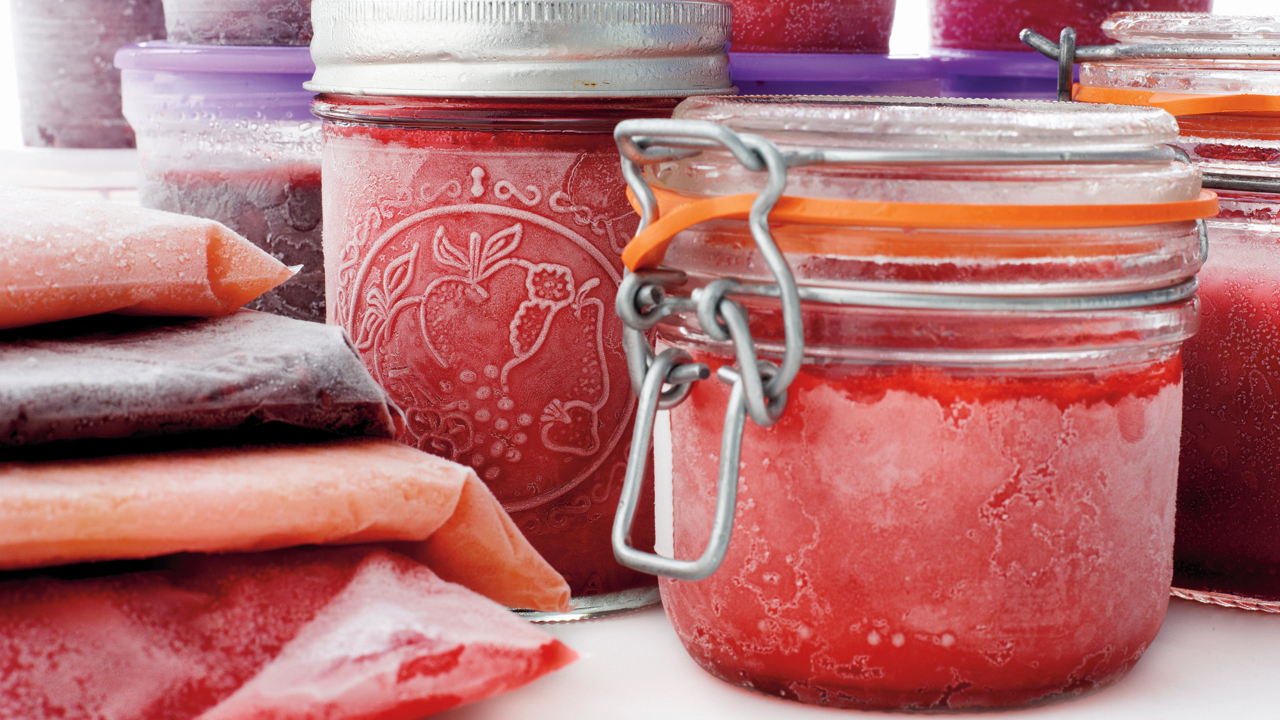

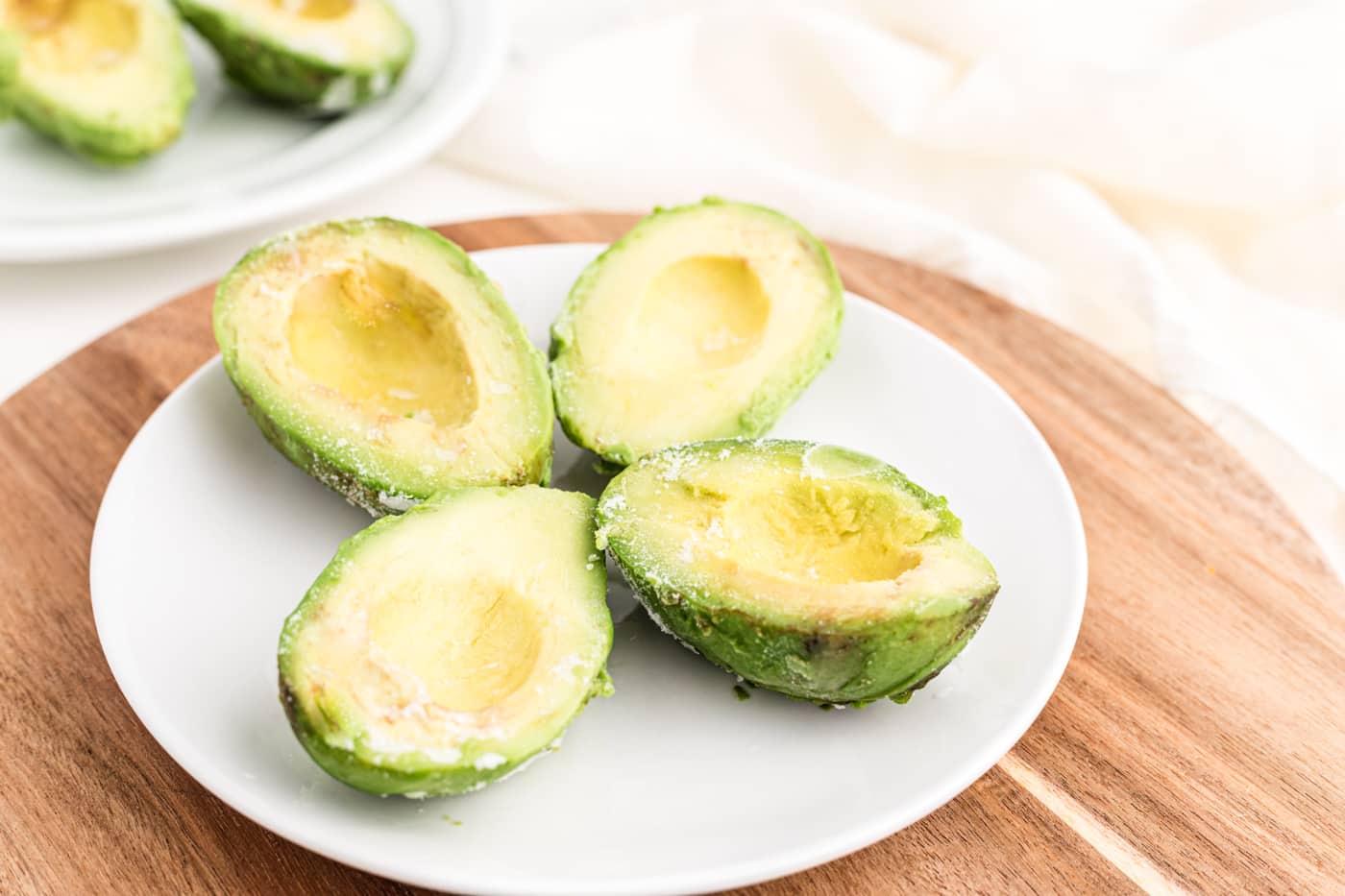
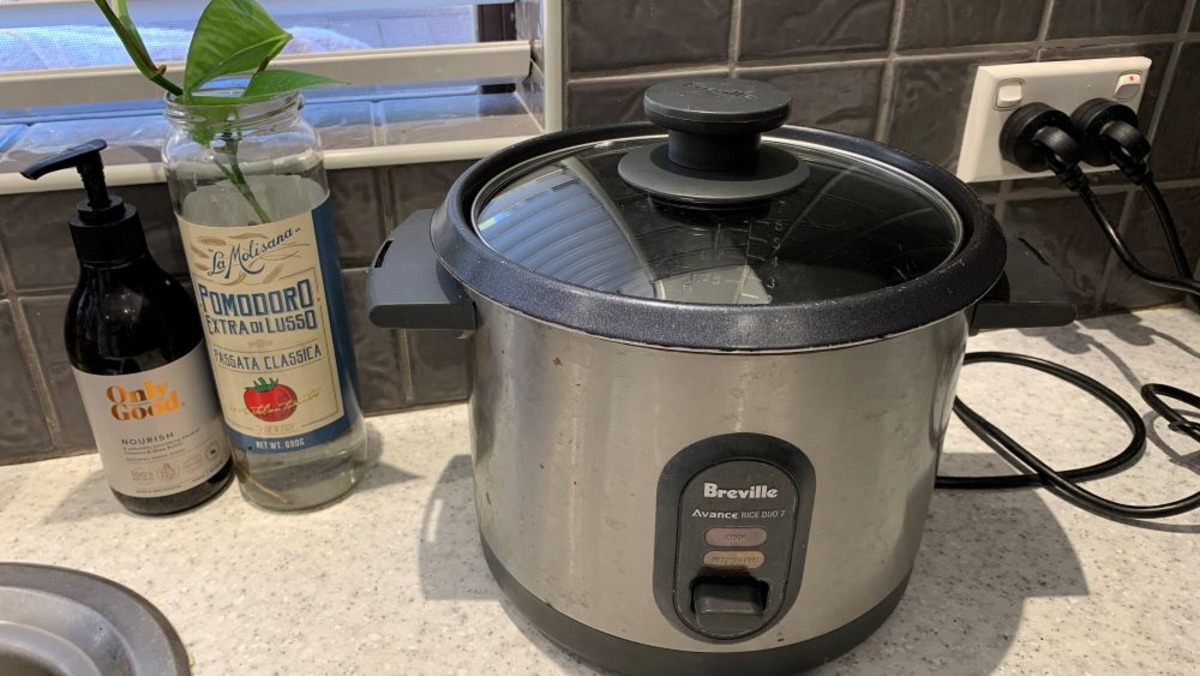
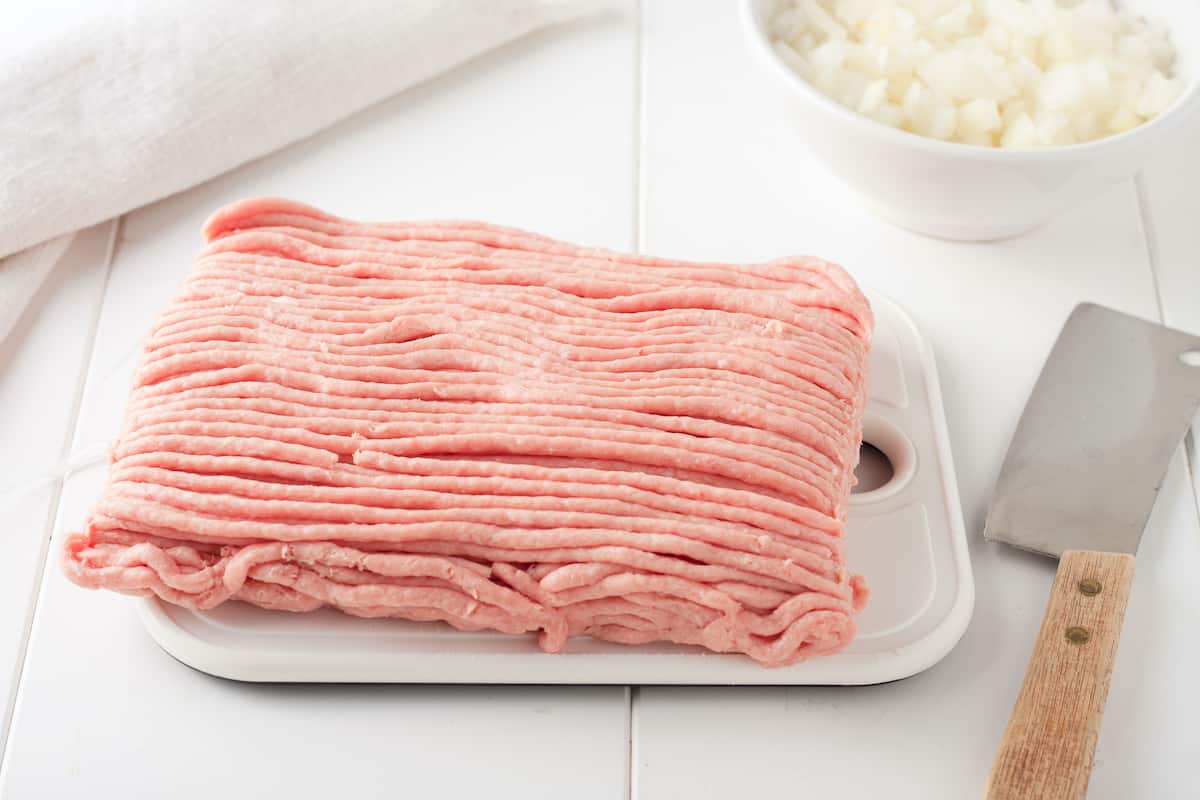
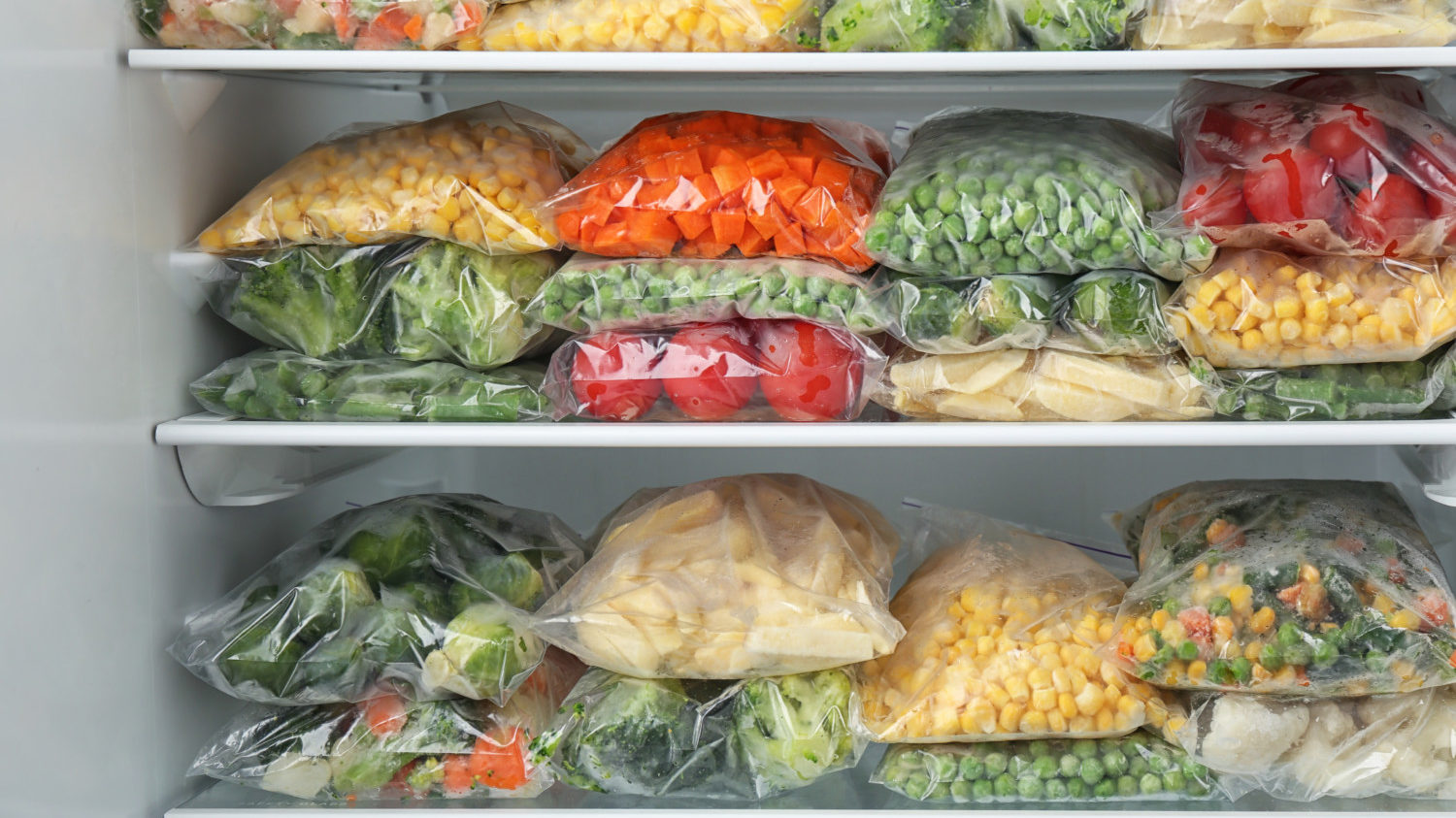
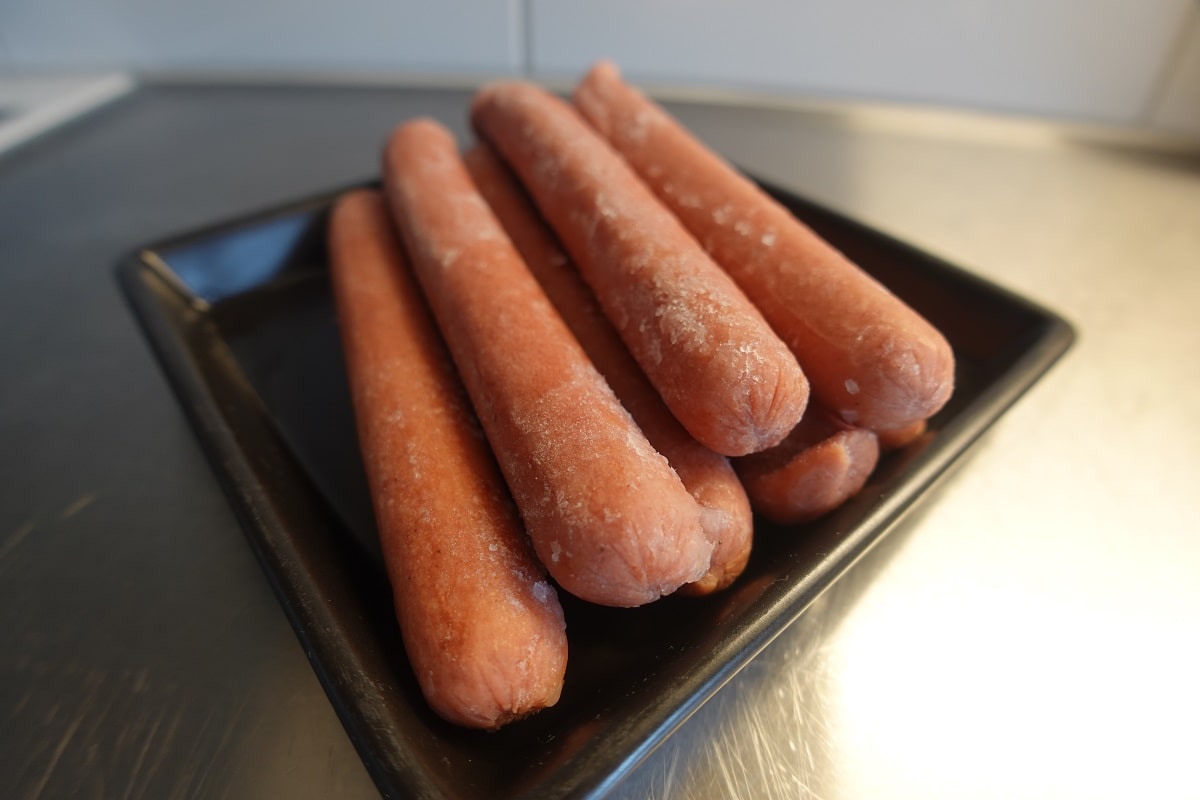

0 thoughts on “How Long Does Cooked Rice Last In The Freezer”